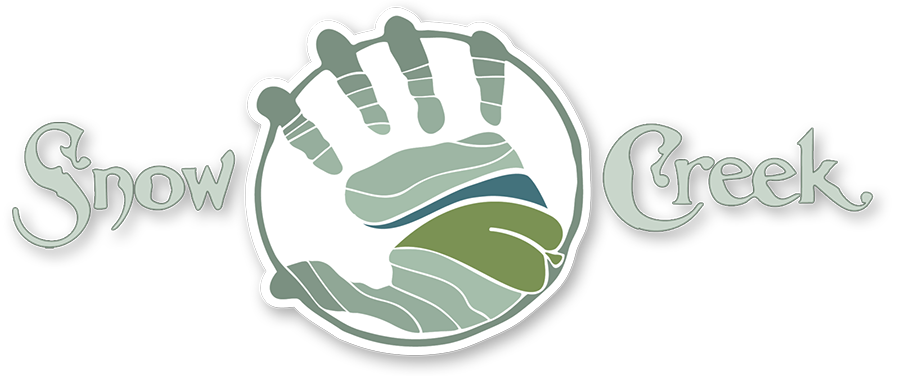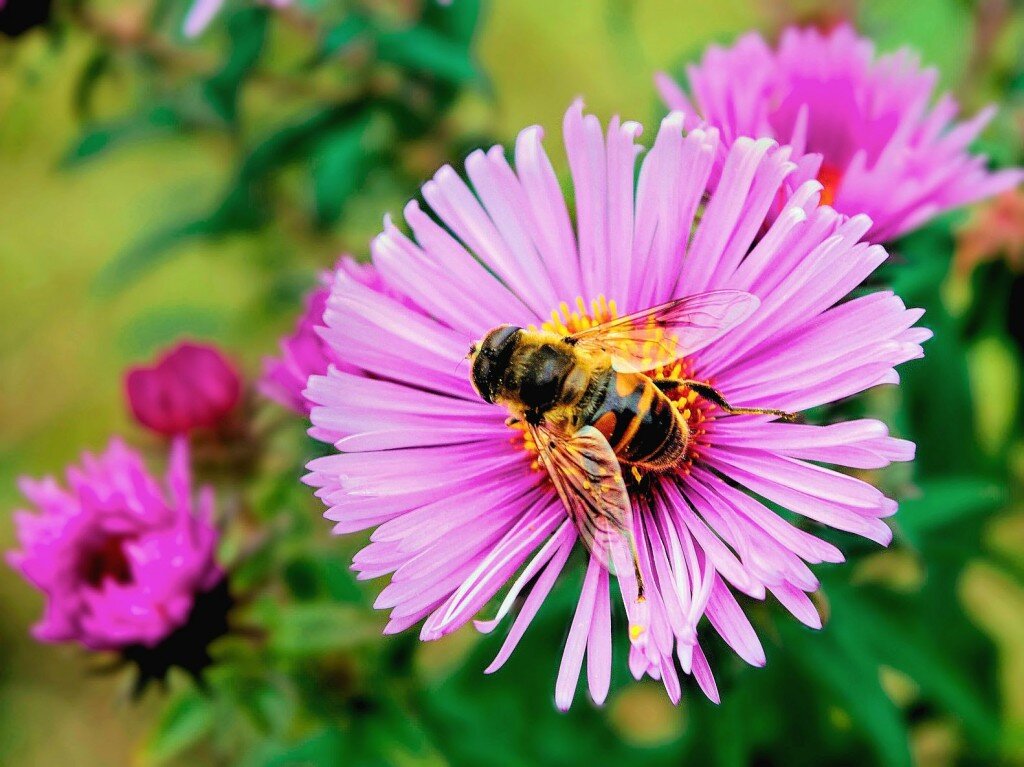The Importance of Pollinators
Unlike honey bees which form large social units, the majority of our native bees live as solitary individuals, with each female constructing her own nest. She collects nectar and pollen to provision it with food for her offspring. The only native bees to form social colonies are bumble bees and a few species of sweat bees.
Most native bees are usually very gentle and unlikely to sting unless grabbed or stepped on. Only honey bees, bumble bees, and a few of the social wasps such as yellow jackets (which are not significant pollinators) are likely to sting when their nests are disturbed.The economic value of pollinator-dependent crops in the United States was estimated to be between $18 and $27 billion in 2003. If this calculation is expanded to include indirect products, such as the milk and beef from cattle fed on alfalfa, pollinators may be responsible for more than twice this dollar amount.
Protecting, enhancing, or providing habitat is the best way to conserve pollinators. Whether you tend a small flower box in the city or maintain a large rural garden, there are practical steps you can take to improve the health, abundance, and diversity of your local pollinators.
Three Steps To Help Pollinators
Create a Diversity of Bloom
Bees, butterflies, and other beneficial insects need abundant nectar and pollen sources throughout the growing season. Select native plants wherever possible. Cultivate a landscape with diverse flower colors, shapes, and bloom times. Try to provide blooming plants from early spring to fall, with at least three species of flower in bloom each season.
Note that some ornamental plants have been selected for traits that are attractive to people, rather than pollinators. Avoid pollenless cultivars and double-petaled varieties of ornamental flowers.
Protect Nests and Egg-Laying Sites
Native bees use untidy areas of the garden to nest such as open sandy ground, brush piles, and old tree stumps and snags. Consider leaving some of these for wildlife habitat. Supplement nesting opportunities with mason bee houses or bundles of hollow plant stems. Butterflies often need specific host plants to feed on during their caterpillar stage. For example the caterpillars of monarch butterflies feed exclusively on the leaves of various milkweeds. Protect or plant the host plants of butterflies native to your area.
Don’t Use Pesticides
Pesticides can be important tools for protecting crops and controlling invasive species, however most lawn and garden pest problems can be solved without such chemicals. An integrated pest management approach can prevent the need for pesticides. Chemicals which are called neonicotinoids are particularly lethal to all types of insects, especially bees, and should never be used on plants or trees that are visited by pollinators.
Pollinator Friendly Gardens
In 2012, Asheville was named the first Bee City USA by the Center for Honeybee Research, located here in Asheville. Because we believe pollinators to be one of the most valued members of our local ecosystem, Snow Creek Landscaping is partnering with the Center for Honeybee Research, to design plantings and gardens to benefit pollinators. Give us a call if you’d like more information about having one of these special plantings on your property.
Snow Creek Landscaping can be reached at 828.687.1677 or online at www.snowcreekinc.com
Source: The Xerces Society, www.xerces.org and Bee City USA, www.beecityusa.org.

